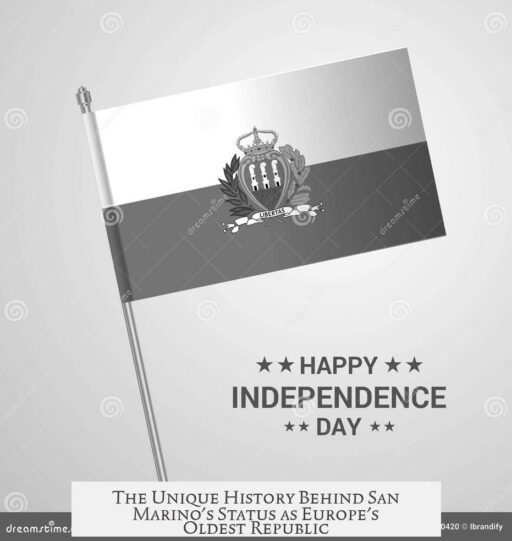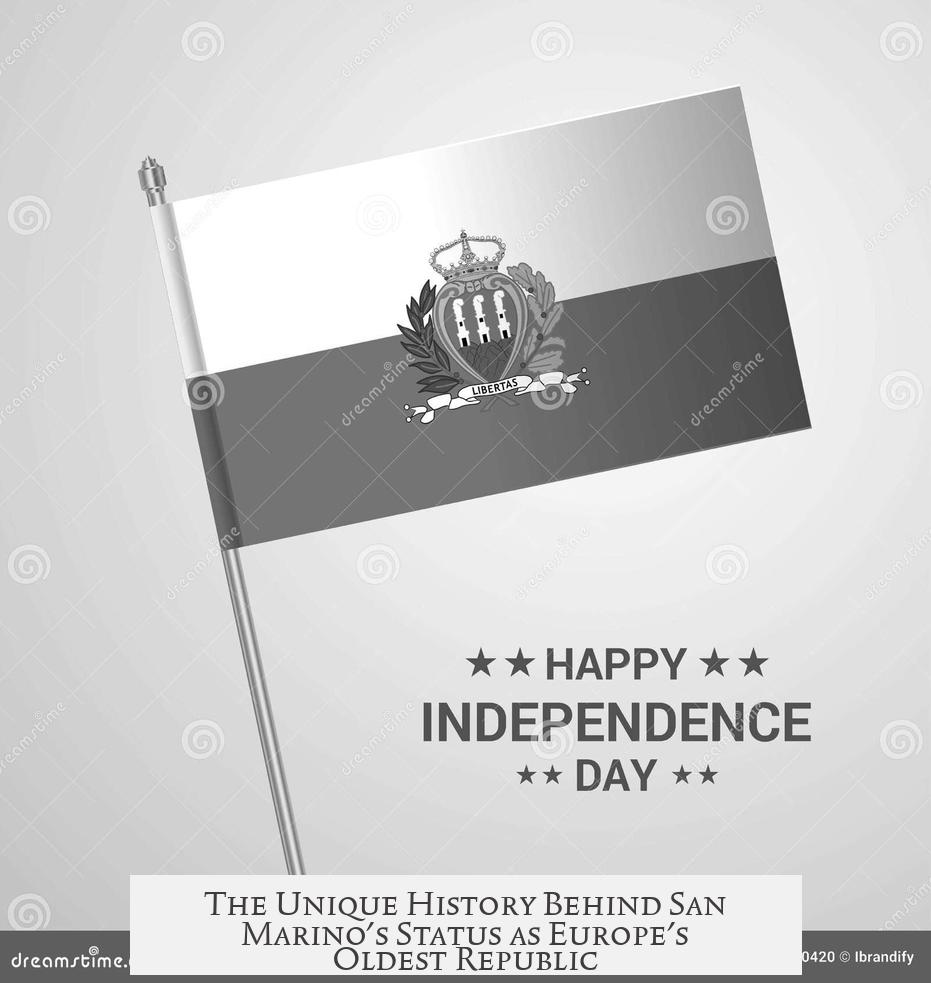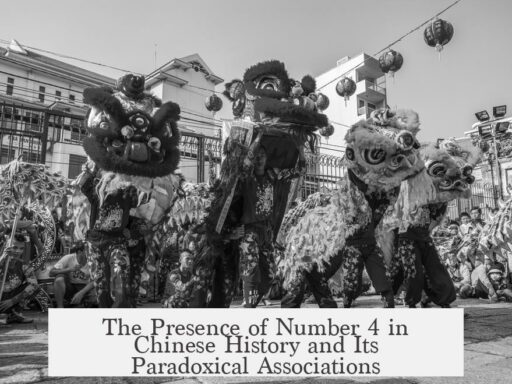San Marino exists as a unique microstate because of its ancient origins, strategic neutrality, diplomatic skill, and geopolitical insignificance, which all allowed it to maintain sovereignty during Italy’s unification and beyond.

San Marino traces its foundation back to 301 C.E., established by Marinus, a Christian stonemason seeking refuge from persecution. This origin story highlights that San Marino was born as a haven rather than through conquest. The community developed as one of the world’s oldest republics, centered on religious sanctuary.
Throughout the Middle Ages, San Marino survived numerous regional conflicts and threats, including attempts by powerful neighbors and even the papacy during the Borgia era in the 16th century. These challenges were met with resilient local governance and a desire to maintain independence.
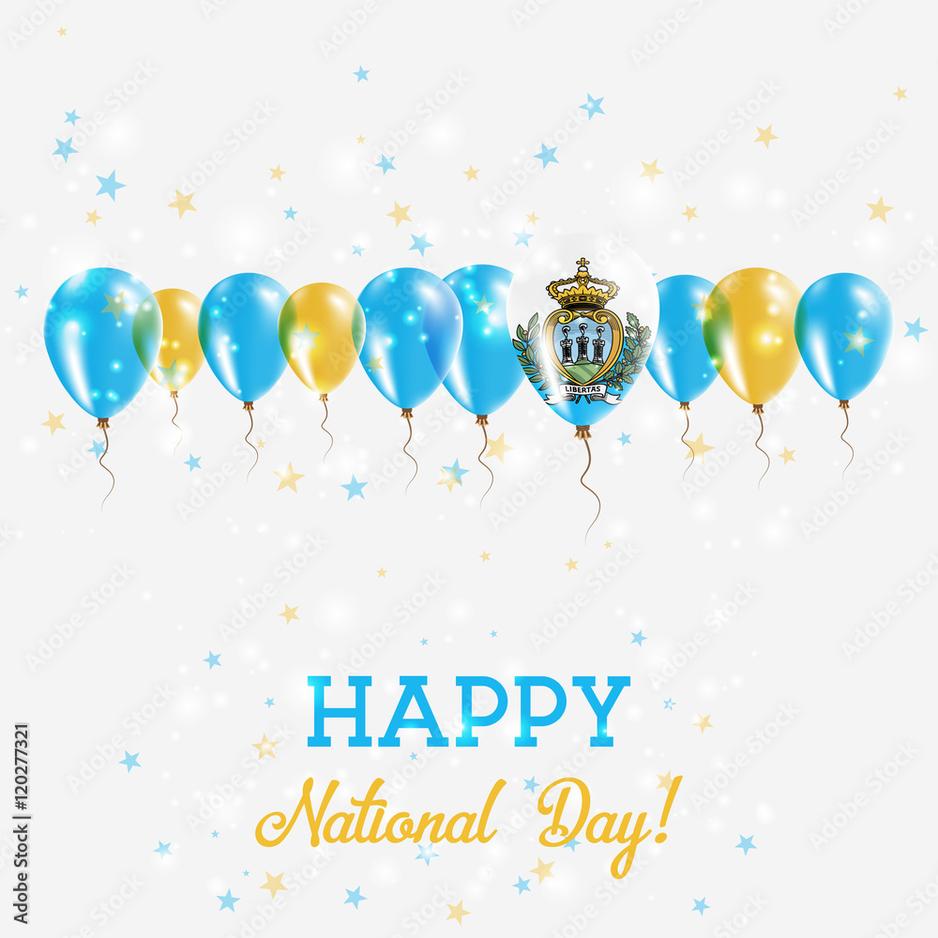
In the late 18th century, during Napoleon’s Italian campaign, San Marino’s independence was uniquely respected. Napoleon saw the small republic as a symbol of republicanism and even offered to expand its territory. The leaders declined, preferring to preserve neutrality and avoid future political entanglements.
The Congress of Vienna (1815) further cemented San Marino’s sovereignty, with major European powers formally recognizing its independence. This international acknowledgment played a critical role in protecting San Marino amid shifting power dynamics in Italy and Europe.
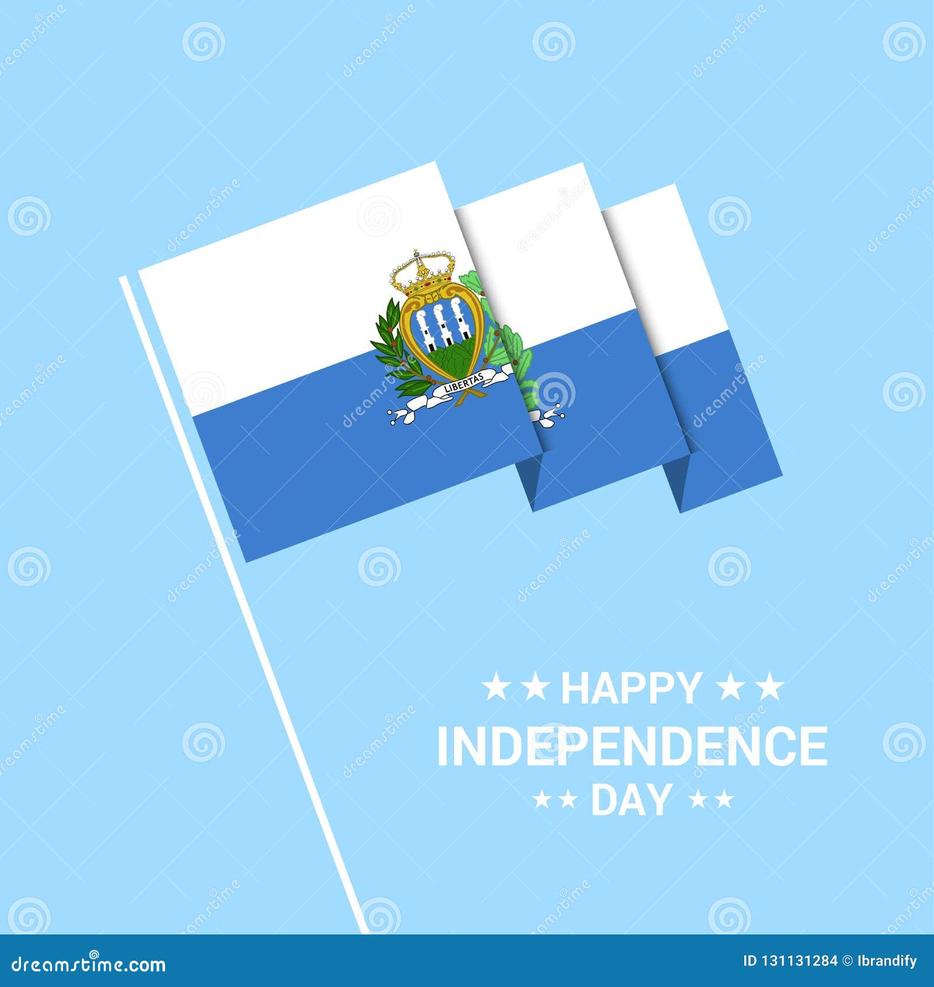
During the Italian unification (Risorgimento) in the 19th century, San Marino maintained a neutral stance. Despite neutrality, it offered refuge to Italian nationalist revolutionaries, including Giuseppe Garibaldi and his armed followers in 1849. This humanitarian role reinforced San Marino’s image as a safe haven without turning into a political adversary.
When the Kingdom of Italy was established in 1861, San Marino’s independence was recognized by France and Italy through treaties signed in 1862. These agreements guaranteed San Marino sovereign autonomy in domestic and foreign affairs, under the condition it accepted no foreign domination aside from a “king’s protective friendship.” This legal framework allowed San Marino to continue functioning as an autonomous microstate.
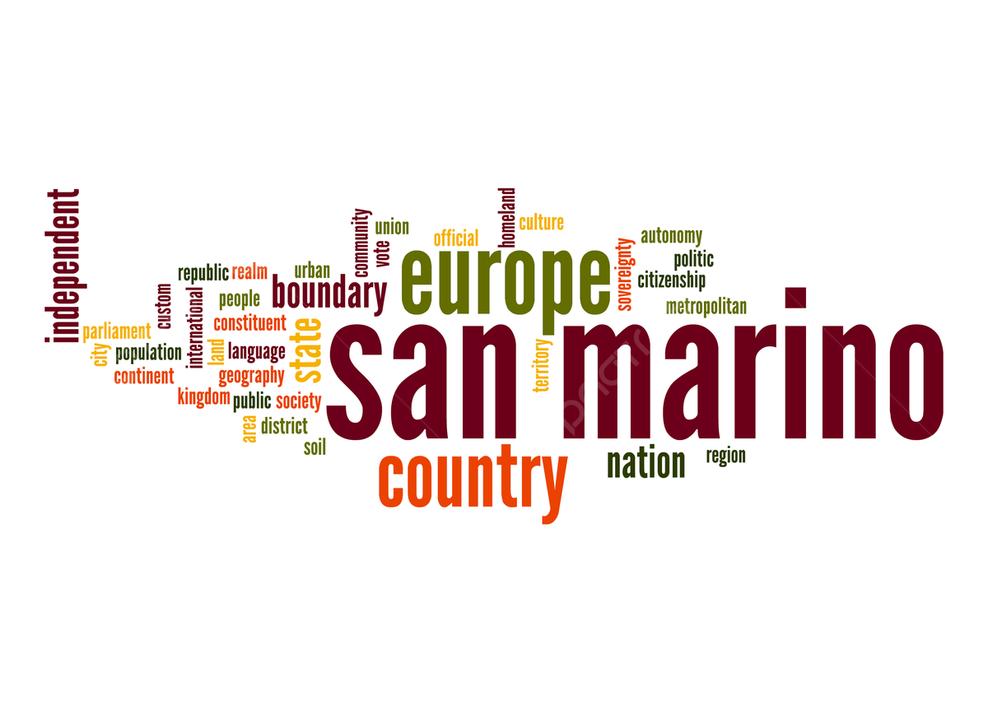
Several geographical and political factors contributed to San Marino’s survival. Geographically, San Marino is perched on steep cliffs with multiple fortifications, such as the three iconic towers that appear on its flag. These natural and man-made defenses made military conquest difficult. Politically and economically, San Marino was insignificant in the 19th century, providing little incentive for annexation.
San Marino’s constant policy of neutrality and diplomacy has been crucial. It cultivated relationships based on friendship and cooperation rather than conflict. The republic avoided becoming involved in wars or disputes that might provoke larger powers, positioning itself as a neighbor to be respected, not conquered.
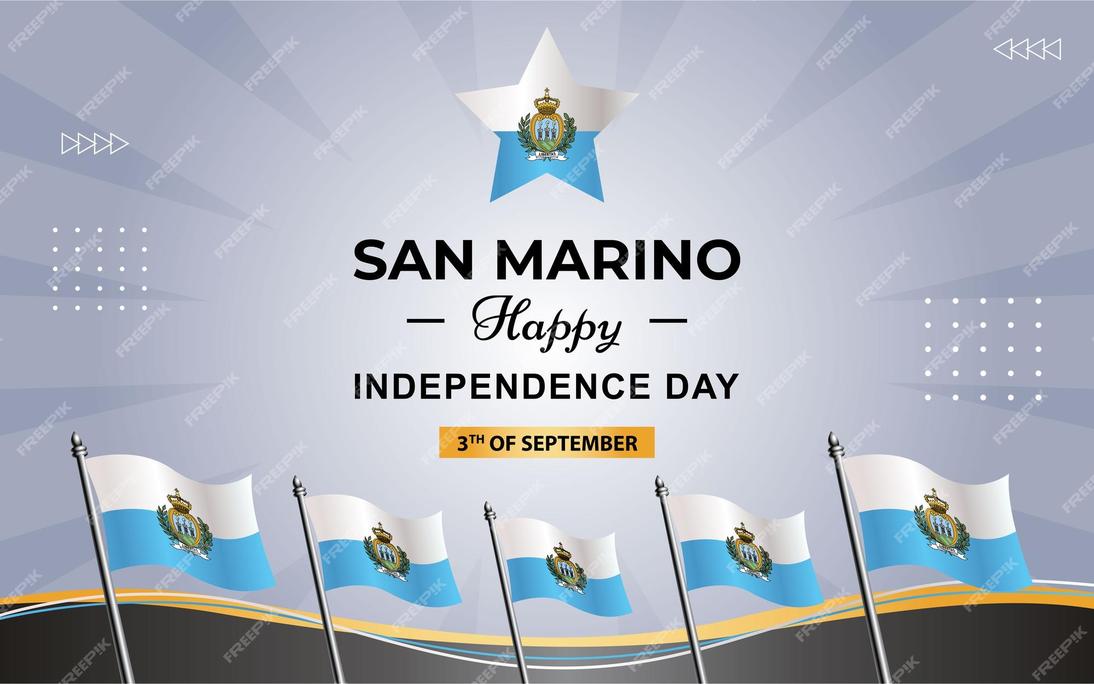
| Factor | Details | Effect |
|---|---|---|
| Foundation | Christian refuge in 301 C.E. | Established historical continuity and legitimacy |
| Geography | Mountainous terrain with fortifications | Provided natural defense against invasion |
| Political Neutrality | Consistent non-alignment policy | Avoided antagonizing neighbors and powers |
| Diplomatic Recognition | Support by Napoleon, Congress of Vienna, Italy, France | Secured independence through treaties and respect |
| Economic Status | Relatively insignificant economically | No incentive to conquer |
San Marino’s survival also owes much to its wise diplomacy. It avoided hosting foreign influences that might jeopardize its autonomy. Instead, it fostered protective friendships, such as the agreement with Italy, which respected its sovereignty while providing a buffer against external threats.
In the modern era, San Marino has furthered its sovereignty by joining international organizations like the United Nations after World War II. This membership affirms its status as a fully recognized nation state, reflecting continuity from a historical micro-republic to a modern entity.
- San Marino’s foundation as a refuge established longstanding sovereignty.
- Its geographic defensibility limited opportunities for conquest.
- Neutrality and diplomacy preserved peaceful relations during Italian unification.
- International treaties recognized and protected its independence.
- Modern international recognition confirms San Marino’s enduring status.
Why Does San Marino Exist? Exploring the Unique Story of Europe’s Oldest Republic
San Marino exists today because it brilliantly combined religious refuge origins, unwavering neutrality, strong diplomacy, and geographic defensibility to evade absorption during Italy’s unification and maintain its independence as a microstate.
But what exactly makes this tiny enclave so special? Let’s journey through time, diplomacy, and geography to unravel why San Marino not only survived but also thrived beside Italy’s unification storm.
A Refuge Born of Faith: The Ancient Roots of San Marino
Imagine the year 301 C.E. A Christian stonemason named Marinus is on the run, escaping religious persecution in the Roman Empire. He finds refuge on Mount Titano, where he establishes a small community. This humble beginning seeds what becomes the Republic of San Marino.
This origin story stands out. Unlike many nations formed by conquest or empire-building, San Marino was born as a sanctuary for faith—a fact that shapes its identity even today. The name itself means “Saint Marinus’ Republic.” How many countries can trace roots to a lone stonemason seeking peace?
Standing Tall Through Medieval Turmoil
The Middle Ages were no picnic for microstates, especially those surrounded by power-hungry neighbors. San Marino had to dodge the ambitions of regional rivals and the Papal States. It even survived attempts by the infamous Borgias to assert control in the 16th century.
Its survival wasn’t accidental. Strong local governance and a deep commitment to autonomy made San Marino a slippery target. Did having those imposing cliffs and multiple fortifications help? Probably. But the real secret was its resilience and political savvy.
Napoleon’s Nod: A Tiny Republic’s Big Political Symbol
Fast forward to the late 1790s—Napoleon’s Italian campaign sweeps through Europe. Many small states get trampled, but San Marino? Napoleon respected it. Why? Because he saw it as a “sample of republicanism” in an otherwise monarchical continent.
He even offered to boost San Marino’s territory. Sounds like a once-in-a-lifetime deal, right? But the wise Sammarinese leaders said no, opting to protect neutrality instead. They foresaw that expansion could make them a target later. Their cautious choice paid off in the long run.
The Congress of Vienna: European Powers Confirm Independence
After Napoleon fell, the 1815 Congress of Vienna had a giant task: redraw Europe’s map. San Marino’s independence was confirmed by the great powers, giving it diplomatic legitimacy. This endorsement created a protective shield around the microstate.
Think about it: in a century of empire shrinks and new kingdoms, San Marino secured a seat at the table—an official nod that no one was to annex or absorb it.
Italy’s Unification: A Friend, Not a Foe
The 19th-century Risorgimento movement unified Italy under one crown. Many small states got swallowed up by the new Kingdom of Italy, but not San Marino.
Here’s where San Marino’s diplomatic genius shines. It stays neutral during the upheaval but opens its gates to revolutionaries—including the famous Giuseppe Garibaldi, who arrived with 1,500 armed followers in 1849. San Marino’s role as a safe haven for revolutionaries earned goodwill.
When Italy officially formed in 1861, San Marino’s continued independence was recognized by France and the new Italian Kingdom. Treaties signed in 1862 guaranteed San Marino sovereignty domestically and internationally, provided it remained neutral and avoided foreign influence.
Why Did Italy Say, “Let’s Not Waste Time on You”?
Geography played a part. San Marino’s terrain is no stroll in the park. The capital perches on a steep cliff, fortified by three medieval towers—visible even on its flag. Such geography made conquest a costly, complicated venture.
But more importantly, San Marino was politically and economically insignificant. It offered no riches or strategic advantage worth fighting over. Italy’s leaders saw more value in friendship and protection than in conquest.
So, San Marino was a “national irrelevance” in a good way: it remained under the protective radar rather than becoming a battlefield prize.
The Power of Neutrality and Diplomacy
San Marino’s long-standing policy of neutrality proved the smartest survival tool. Through centuries of European wars, revolutions, and shifting alliances, the republic carefully balanced its relationships.
It didn’t antagonize neighbors, nor did it seek to expand ambitiously. Instead, San Marino leveraged diplomacy and goodwill, showing that sometimes, playing it calm and friendly outlasts power grabs.
Modern-Day San Marino: Sovereign and Respected
Today, San Marino is more than a quaint curiosity. It is a recognized sovereign state, joining international organizations such as the United Nations. Its survival story offers valuable lessons on how small states can maintain independence in a world dominated by powers.
Its mix of deep history, diplomatic skill, and geographic protections makes it a standout example of microstate persistence.
What Can We Learn From San Marino’s Survival?
- Resilience Matters: Deep-rooted origins help forge strong identity and unity.
- Diplomacy Wins: Playing neutrality and nurturing friendships can protect sovereignty.
- Geography Counts: Natural defenses add layers of protection against conquest.
- Strategic Irrelevance is Strategic: Sometimes, not being a prize is the best defense.
- Historical Recognition Builds Legitimacy: Endorsements by global powers provide crucial shields.
Next time you hear about tiny nations, remember San Marino’s story—it proves that size isn’t everything. Sometimes, survival comes down to smart choices, solid principles, and simply knowing when to say: “Thanks, but no thanks.”
Want to explore more quirky but powerful small states? Or curious how diplomacy shaped modern Europe? San Marino stands as a fascinating case study on survival against the odds.
